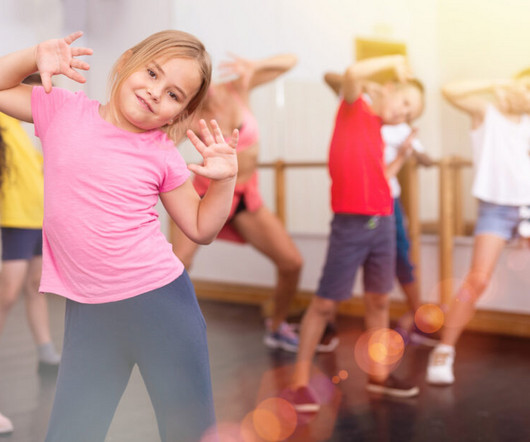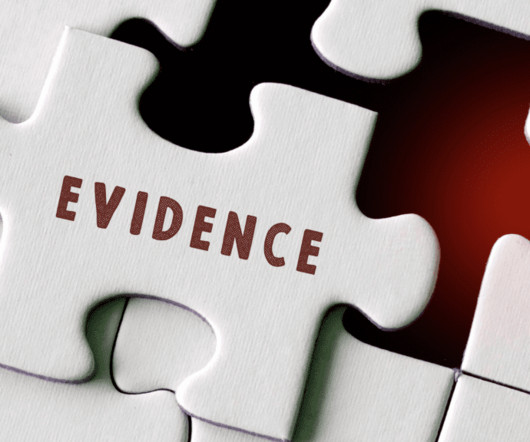Power-Up Rhythm and Timing in Physical Education Activities
Gopher PE
OCTOBER 26, 2023
These skills include core strength, balance, weight shift, motor rhythm, motor timing, visual-spatial, and object-perceptual skills. Practicing these actions through physical activity helps children develop executive function skills such as attention control, working memory, cognitive flexibility, and inhibitory control.











Let's personalize your content